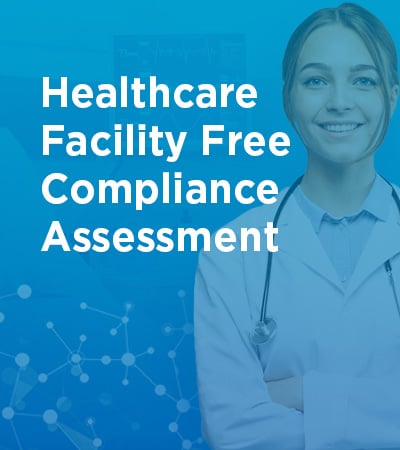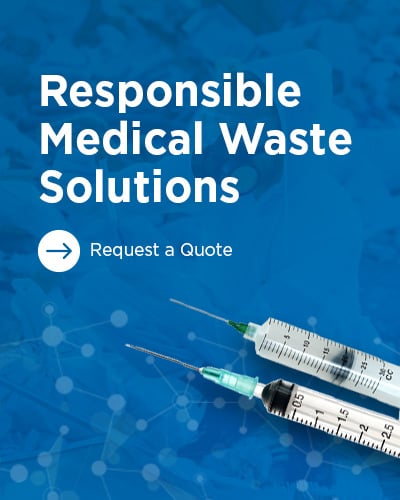
Unfortunately, a survey that focused on dental office compliance with infection control guidelines from the Centers for Disease Control and Prevention (CDC) found that guideline implementations was neither complete nor uniform across all practices in the U.S.
Over 200,000 copies of the CDC’s Guidelines for Infection Control in Dental Health-Care Settings (2003) were distributed in the U.S.; this document contained updated and consolidated dental infection control recommendations. 4 of the main recommendations were to:
- Designate an infection control coordinator to monitor all infection control activities
- Use a separate water system for each dental unit that had been monitored at least once in the preceding 12 months to determine dental water quality
- Routinely document percutaneous injuries
- Use safer medical devices, such as safer syringes and safer scalpels
Because there was little to no information available regarding the dentists’ knowledge of and implementation of the 2003 guidelines, a questionnaire was developed. With a total of 3,042 responses (approximately a 49% response rate), here are some of the key findings:
- 34% implemented none or 1 of the 4 recommendations
- 40% implemented 2 of the recommendations; 26% implemented 3 or 4 of the recommendations
- Almost 80% of dentists reported having a designated infection control coordinator in the practice
- Approximately 62% of practices reported using separate dental unit waterline systems, and 40.2% reported monitoring dental unit water quality at least annually
- The 2 most frequently cited recommendations implemented were designating an infection control coordinator and always documenting percutaneous injuries
- The likelihood of implementation was higher among dentists who acknowledged the importance of infection control, had practiced dentistry for less than 30 years, had received more continuing dental education credits in infection control, correctly identified more surgical procedures that require the use of sterile water, worked in larger practices, and had at least 3 sources of instruction regarding the guidelines
- Dentists with practices in the South Atlantic, Middle Atlantic, or East South Central U.S. Census divisions were less likely to have complied
Overall, there is a definite need for additional communication efforts within all dental practices to help develop a stronger infection control focus. There should be at least one person, usually the owner of the practice, who should bear the responsibility of ensuring that all infection control policies , Dental Clinical Waste Disposal ,and procedures are carried out each day. One of the most effective ways in raising awareness regarding infection control would be if dentists participated in more infection control continuing education credits for state relic-ensure.
No matter what your infection control program needs are, PureWay has a solution for you! Our Infection Control Annual Training (Webinar/CE), Infection Control Manual Program or Complete Infection Control Program are customized to your office’s local, state and national regulations. In addition, if you bundle an infection control program with an OSHA compliance program, you can save even more! Feel free to visit our website or give us a call at 877-765-3030 about our OSHA & Infection Control Manual Program Bundle or Total Compliance: OSHA & Infection Control Bundle.







